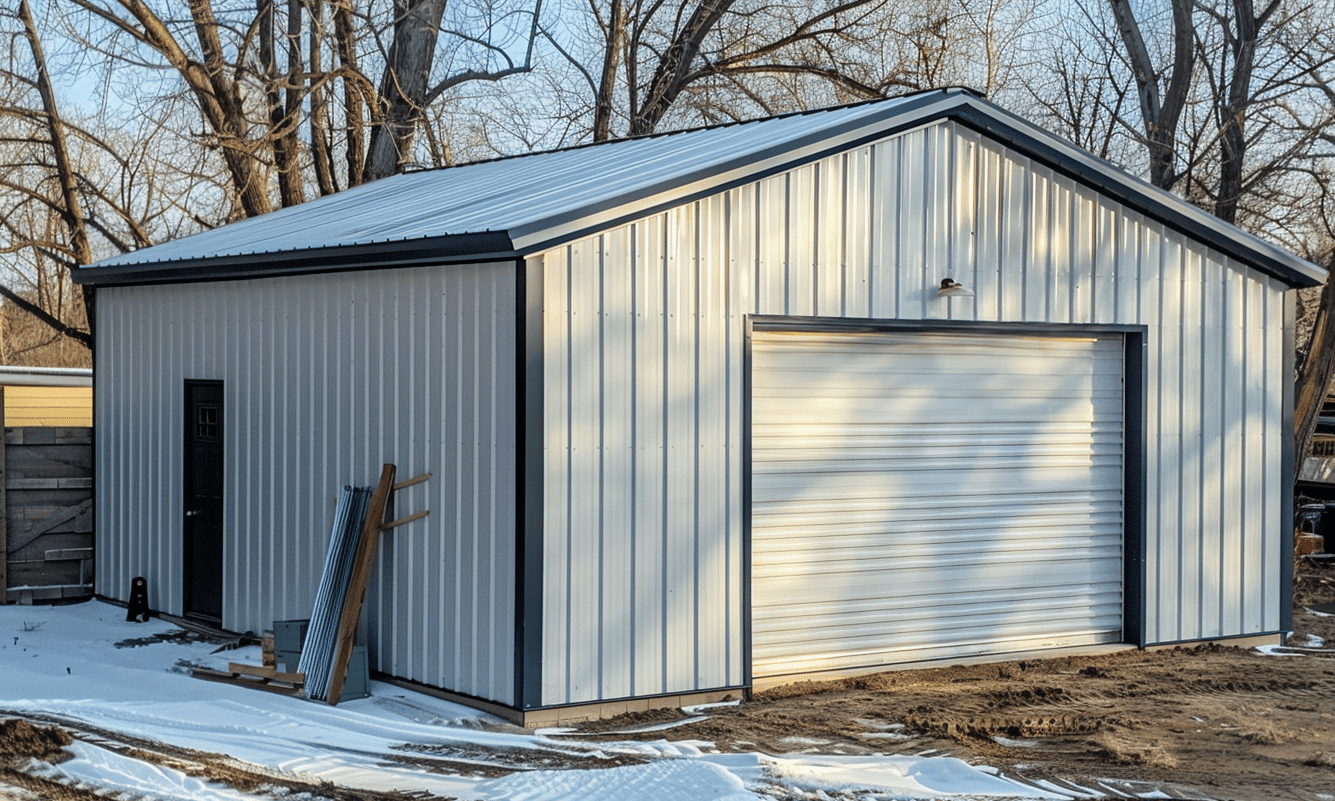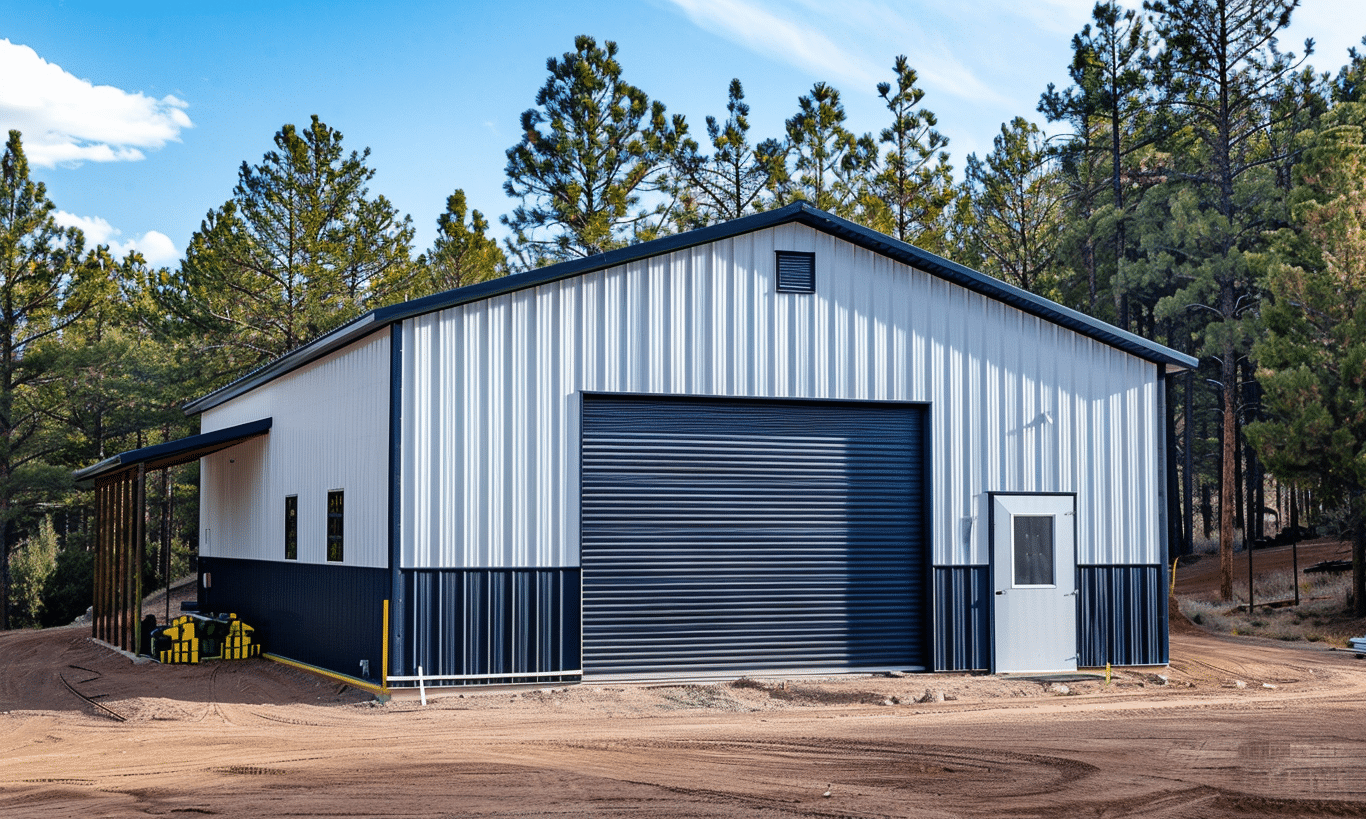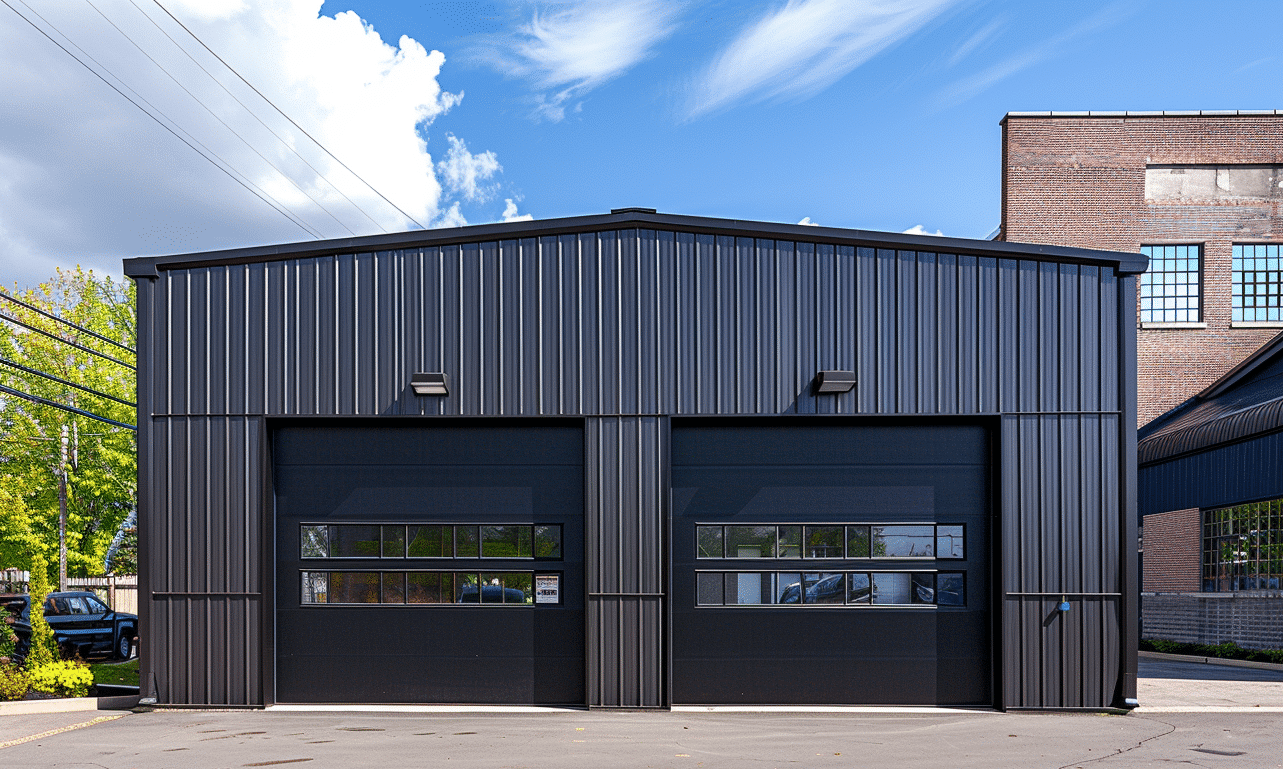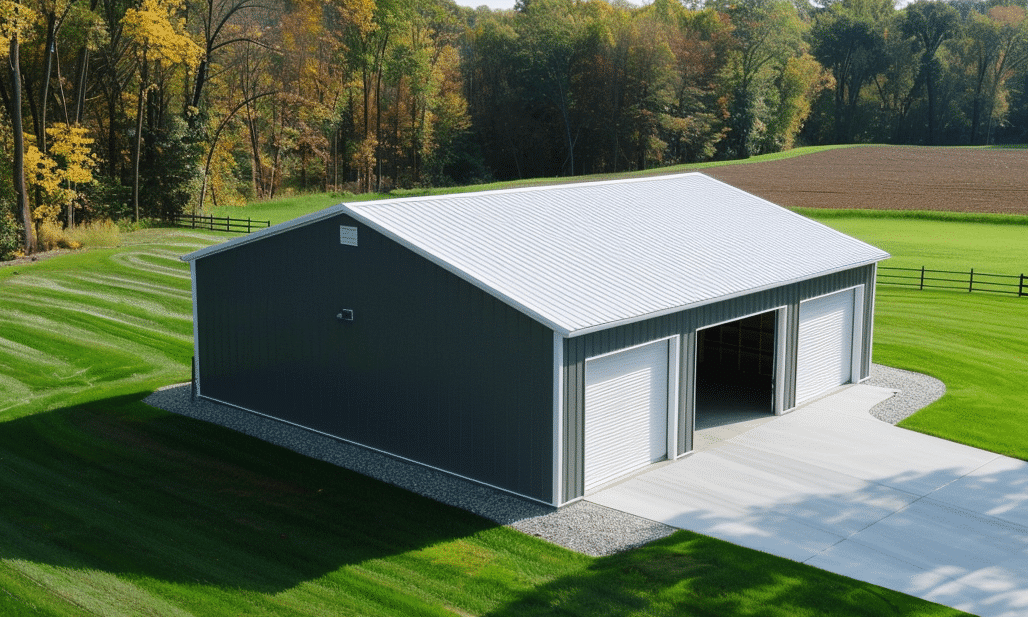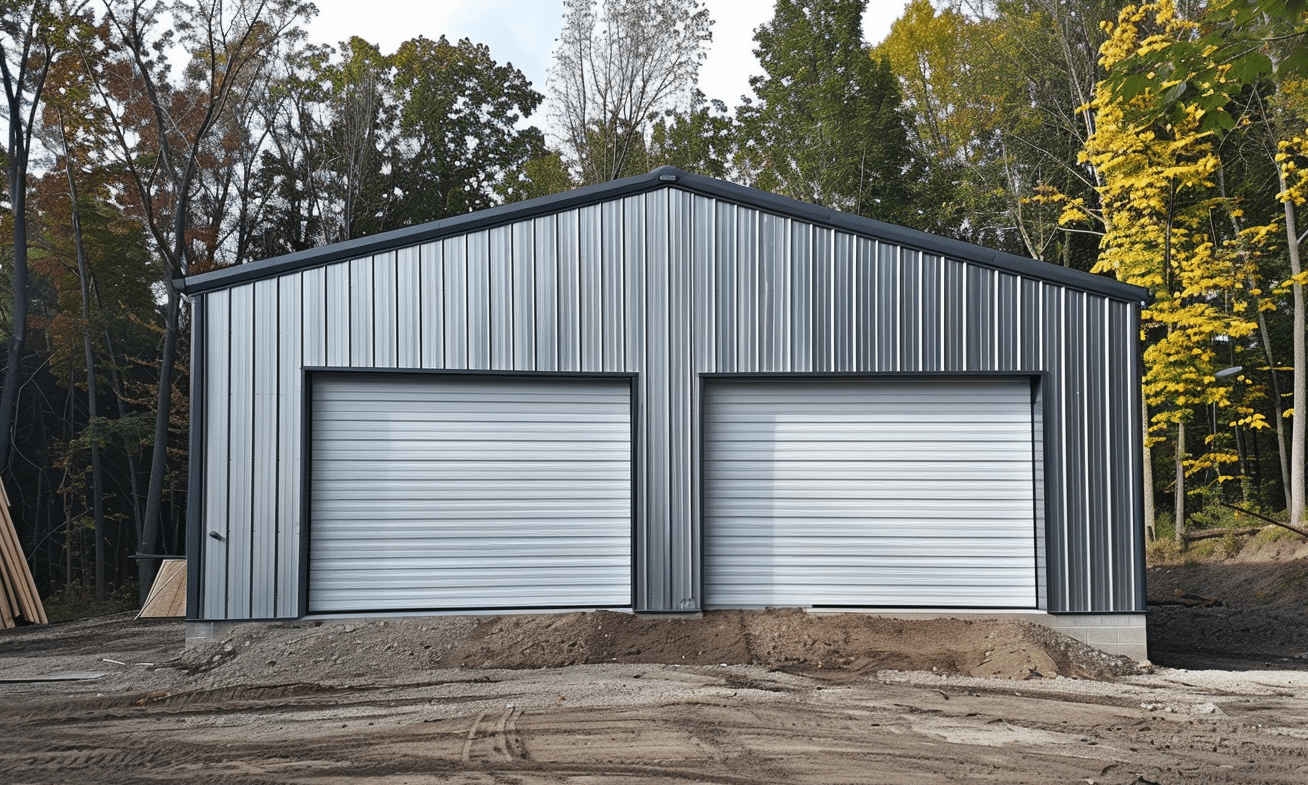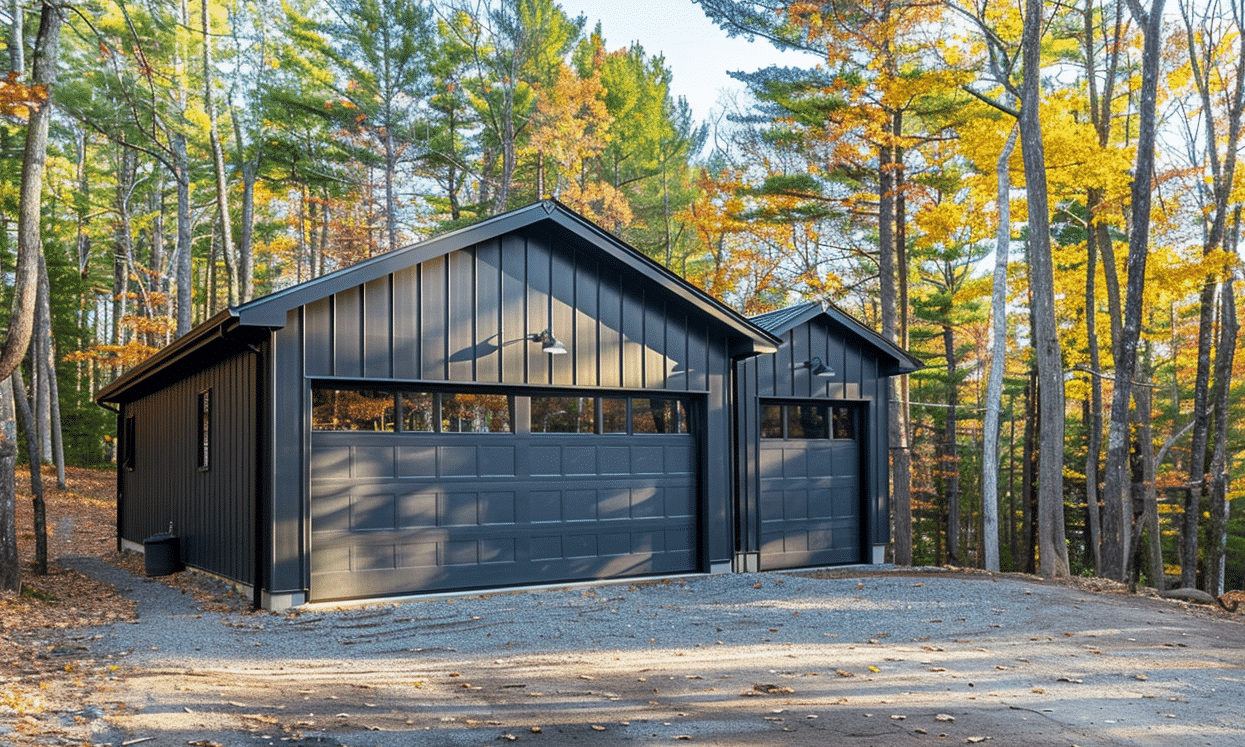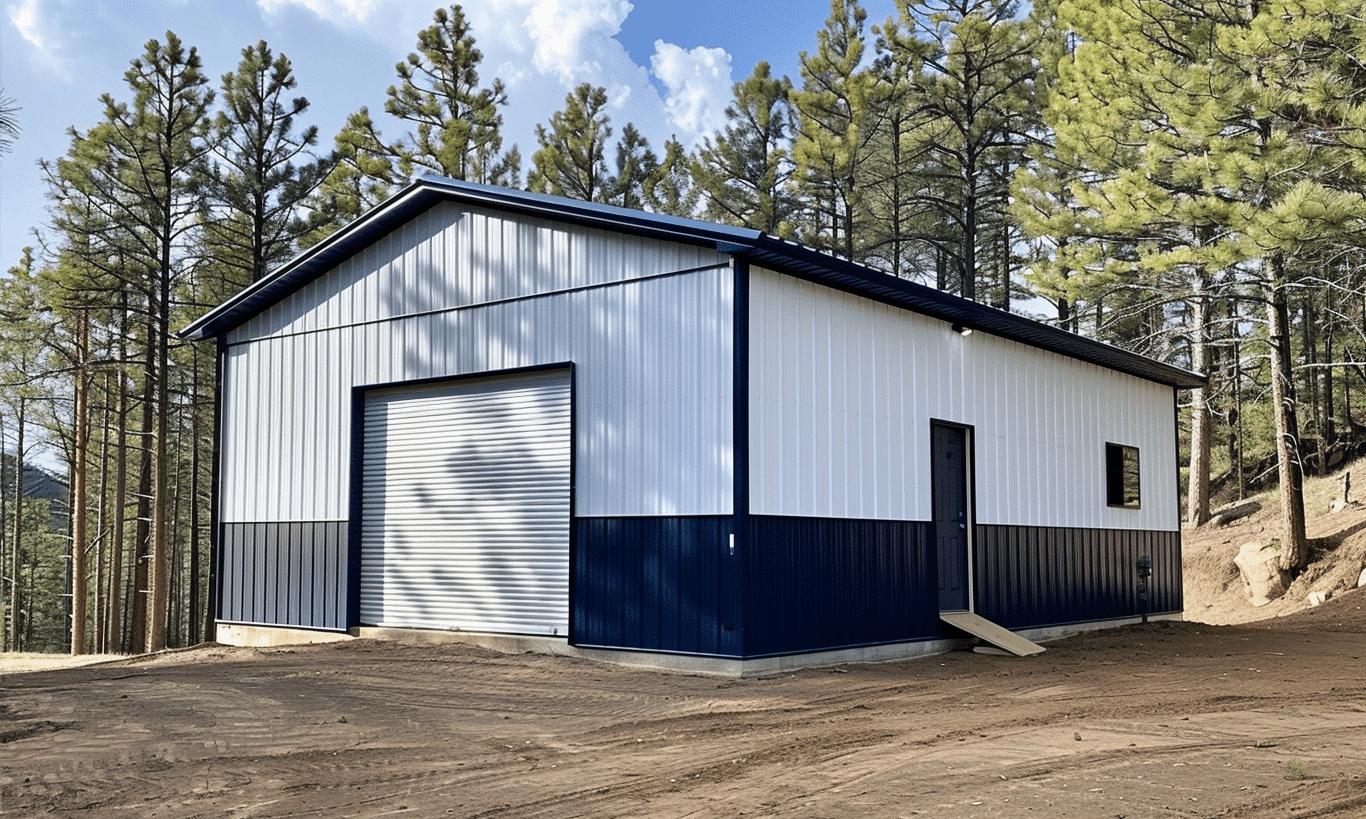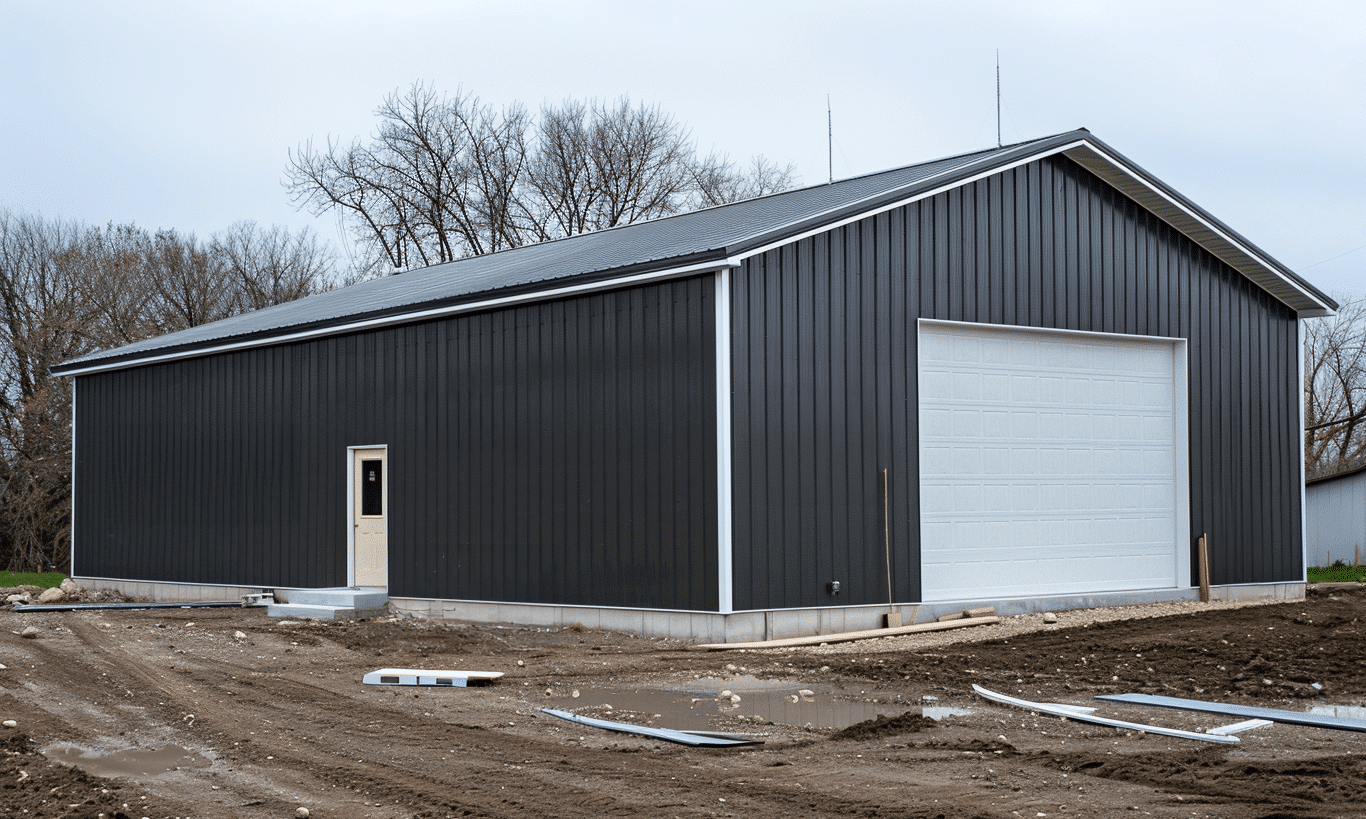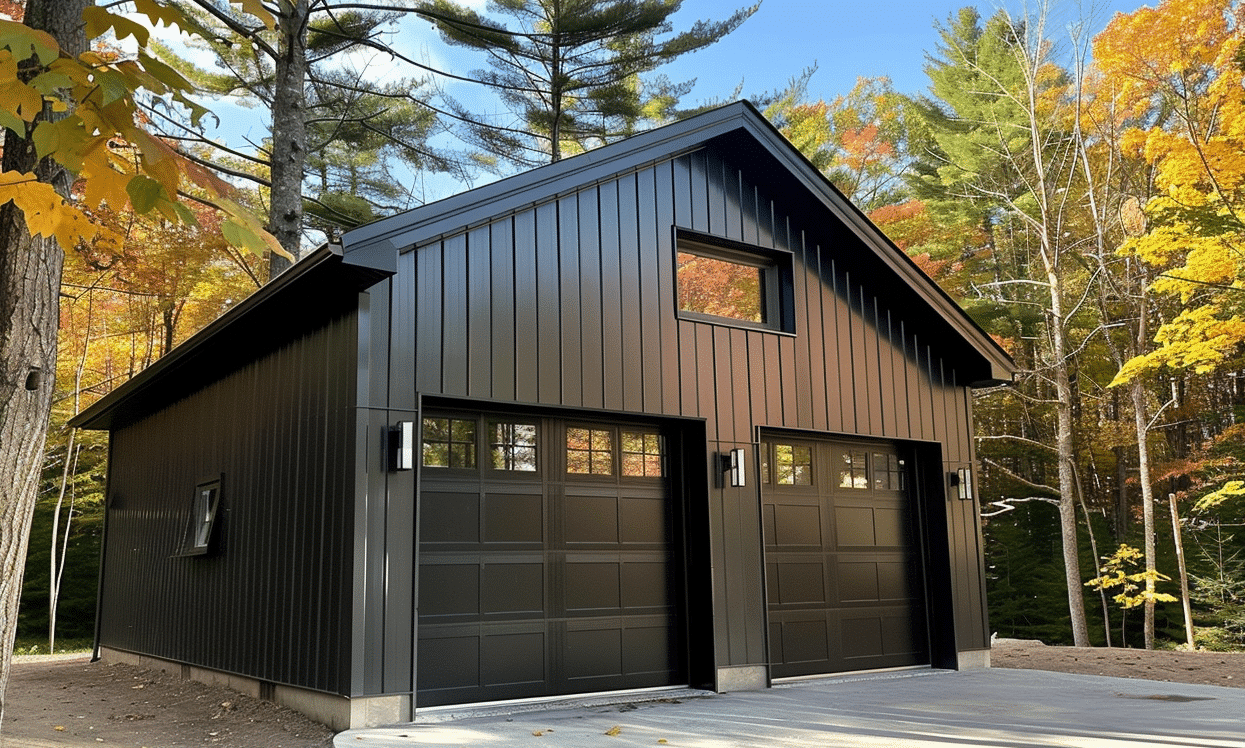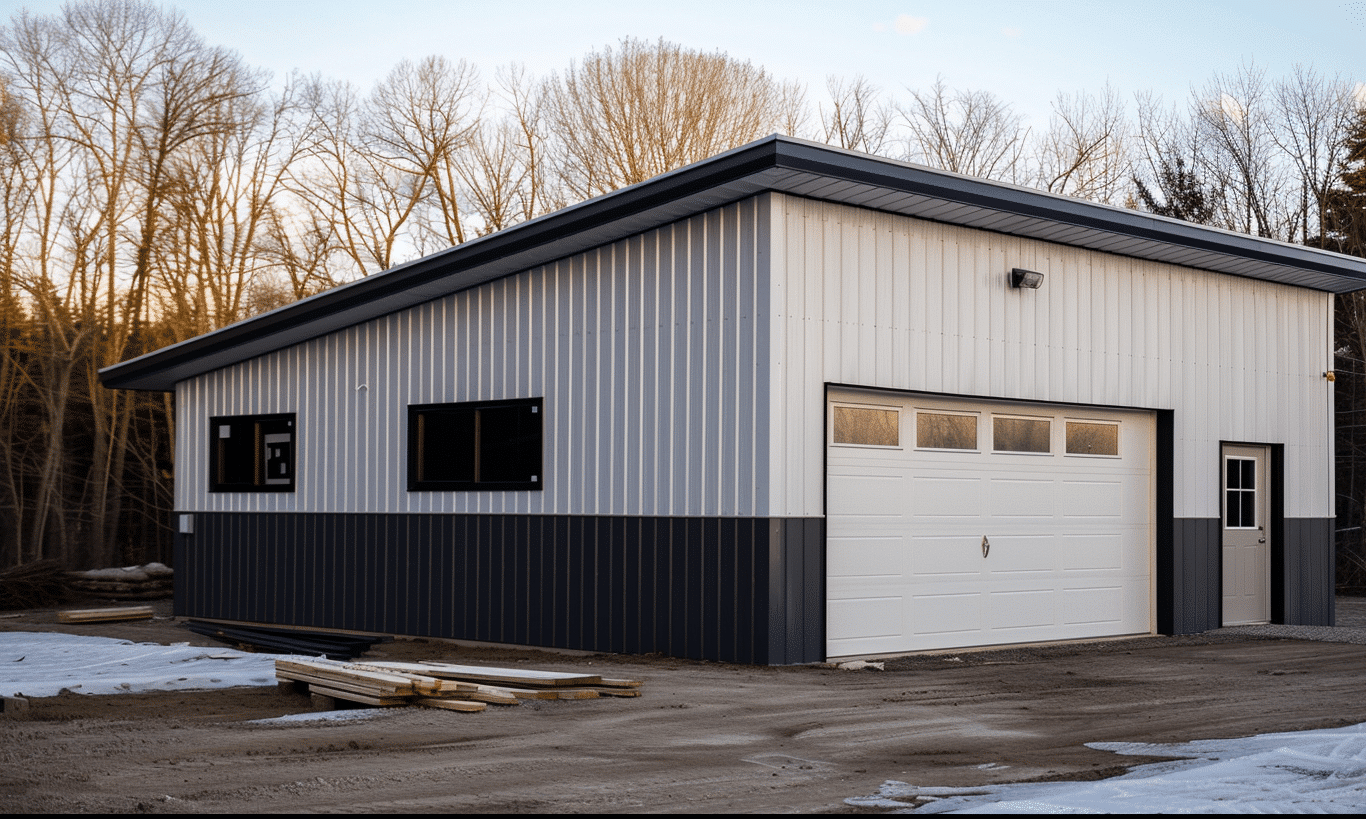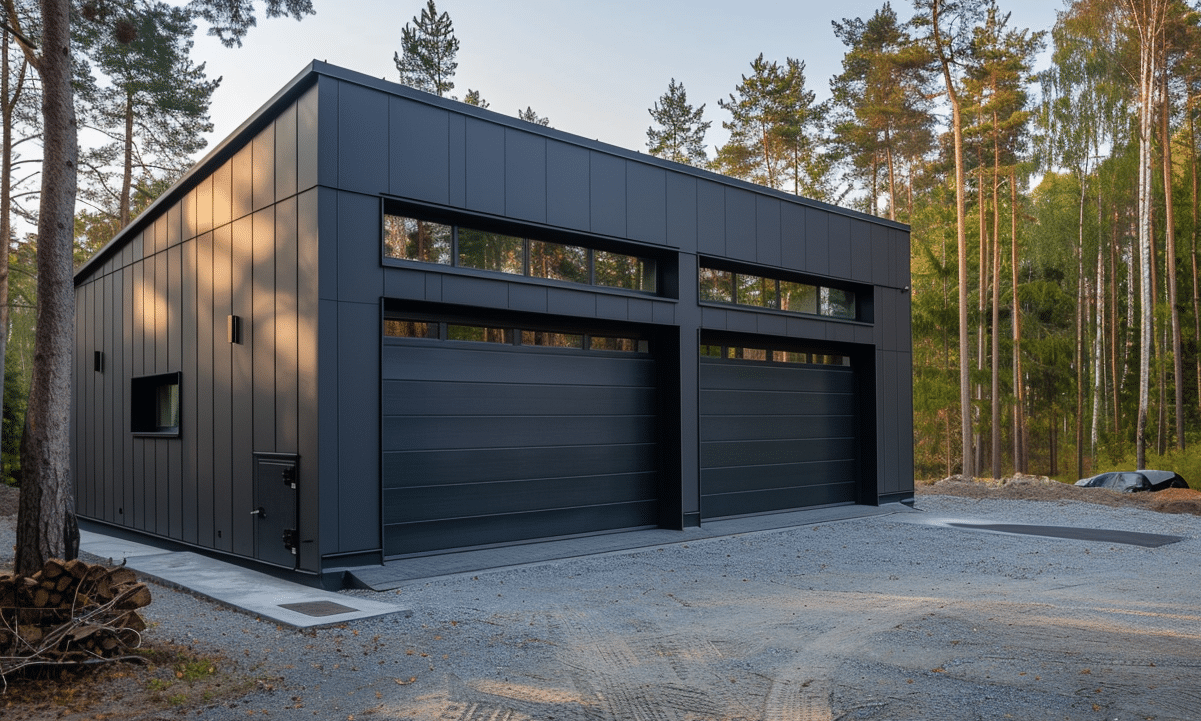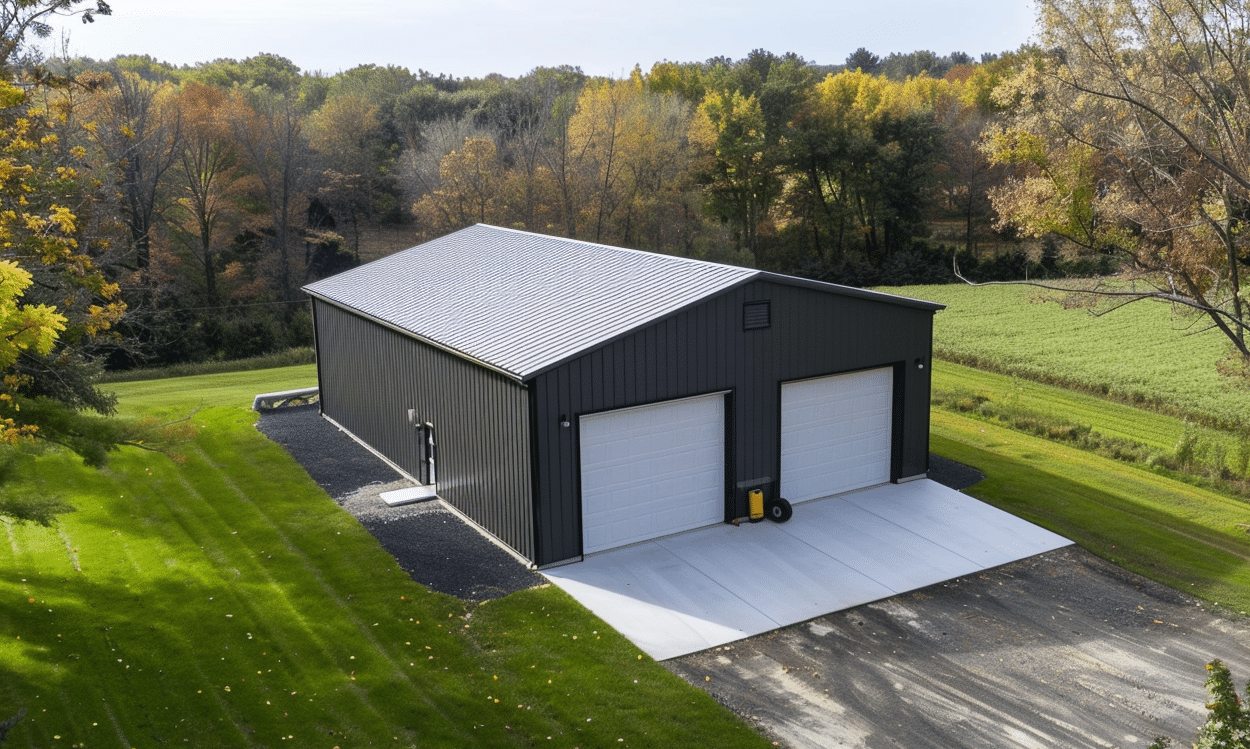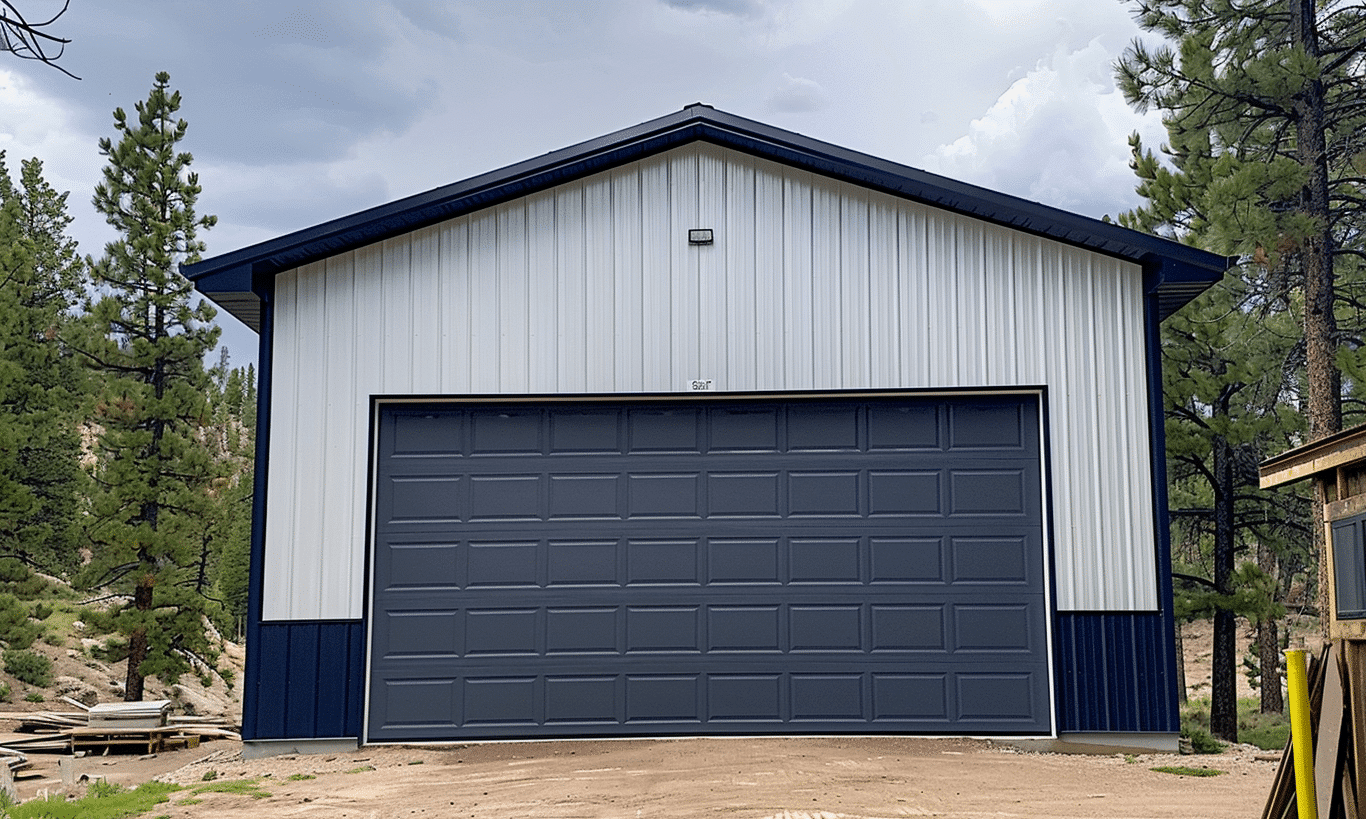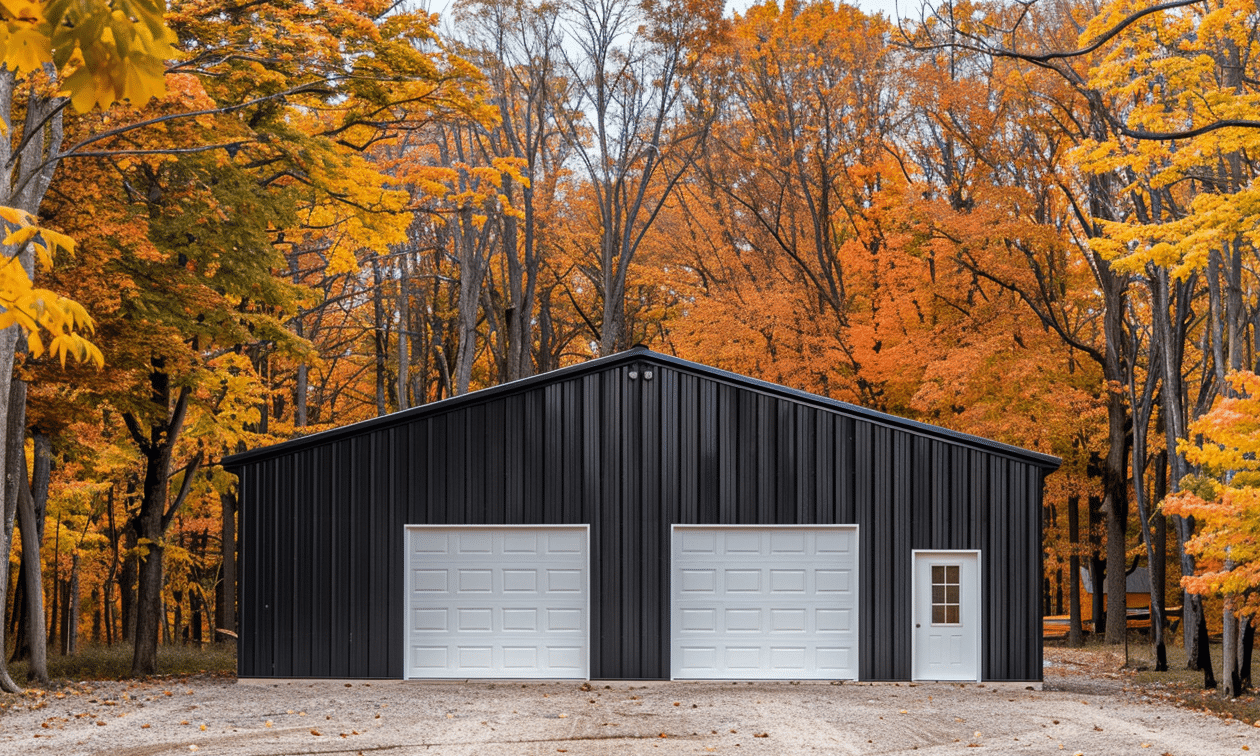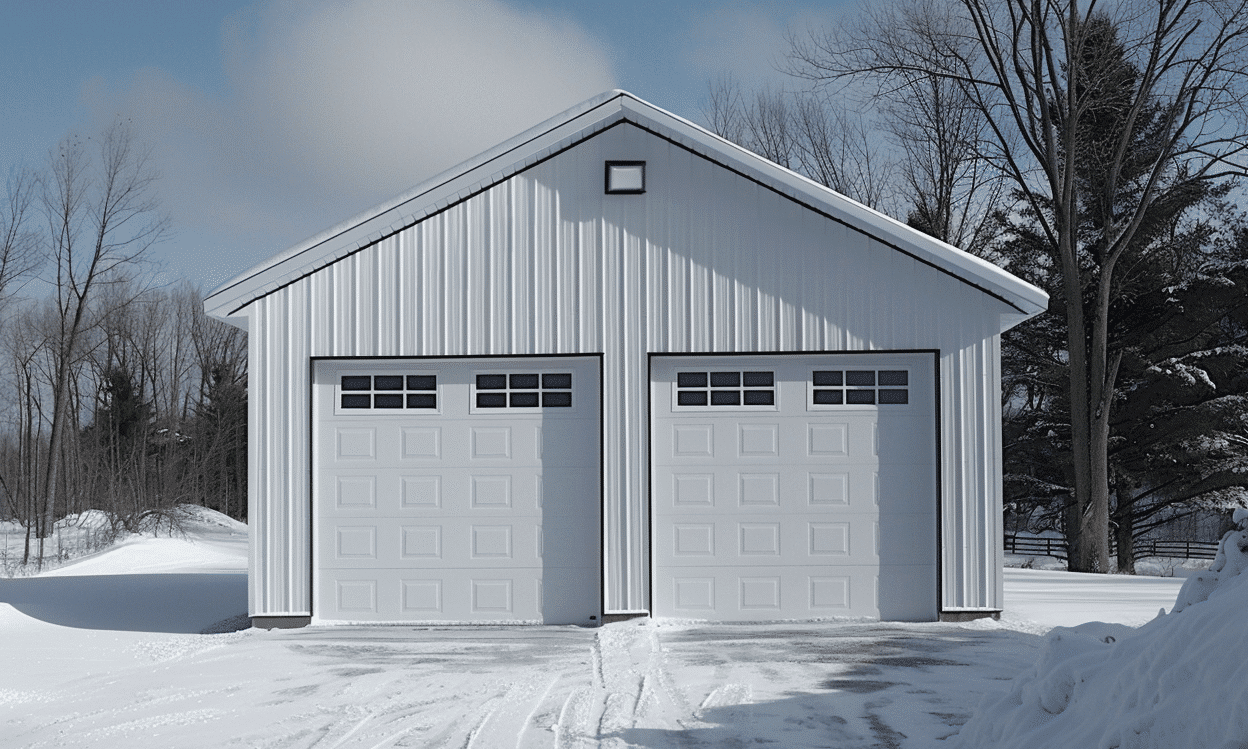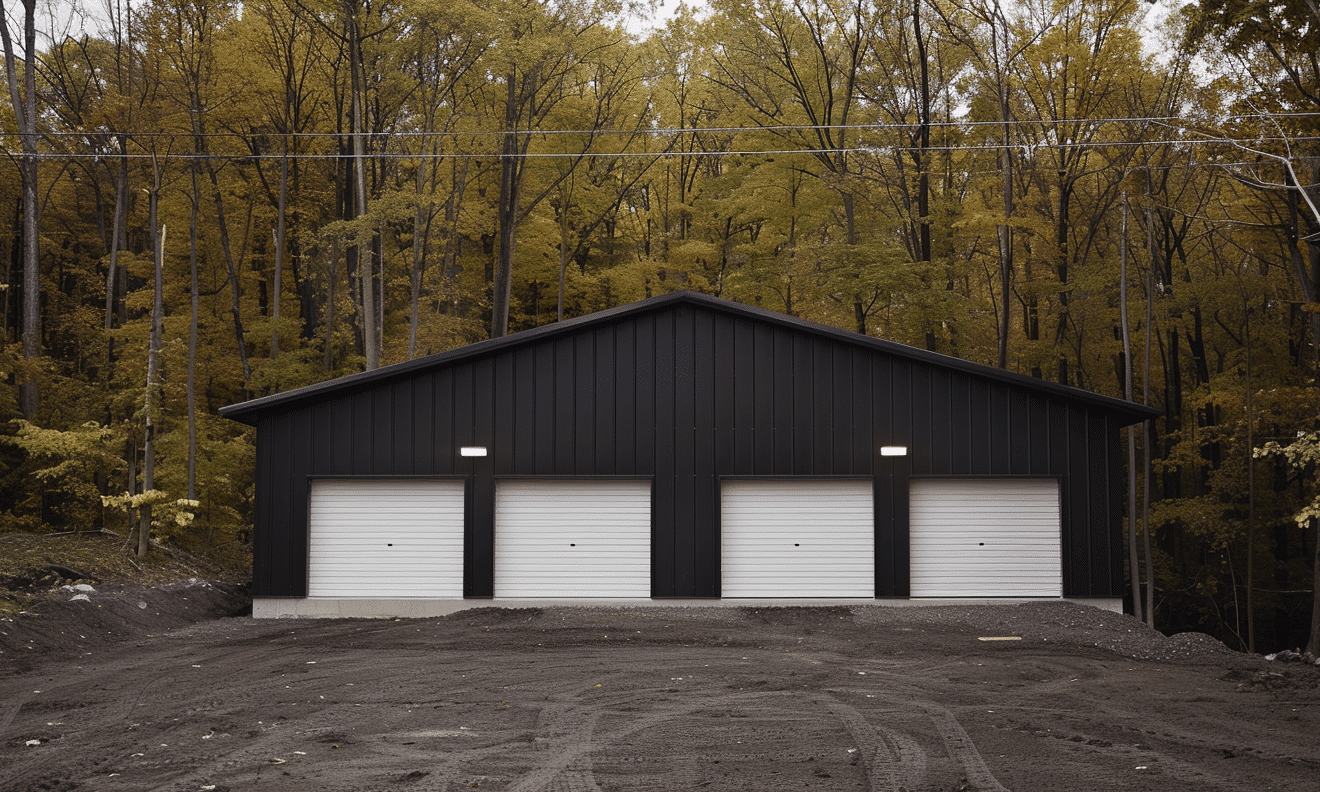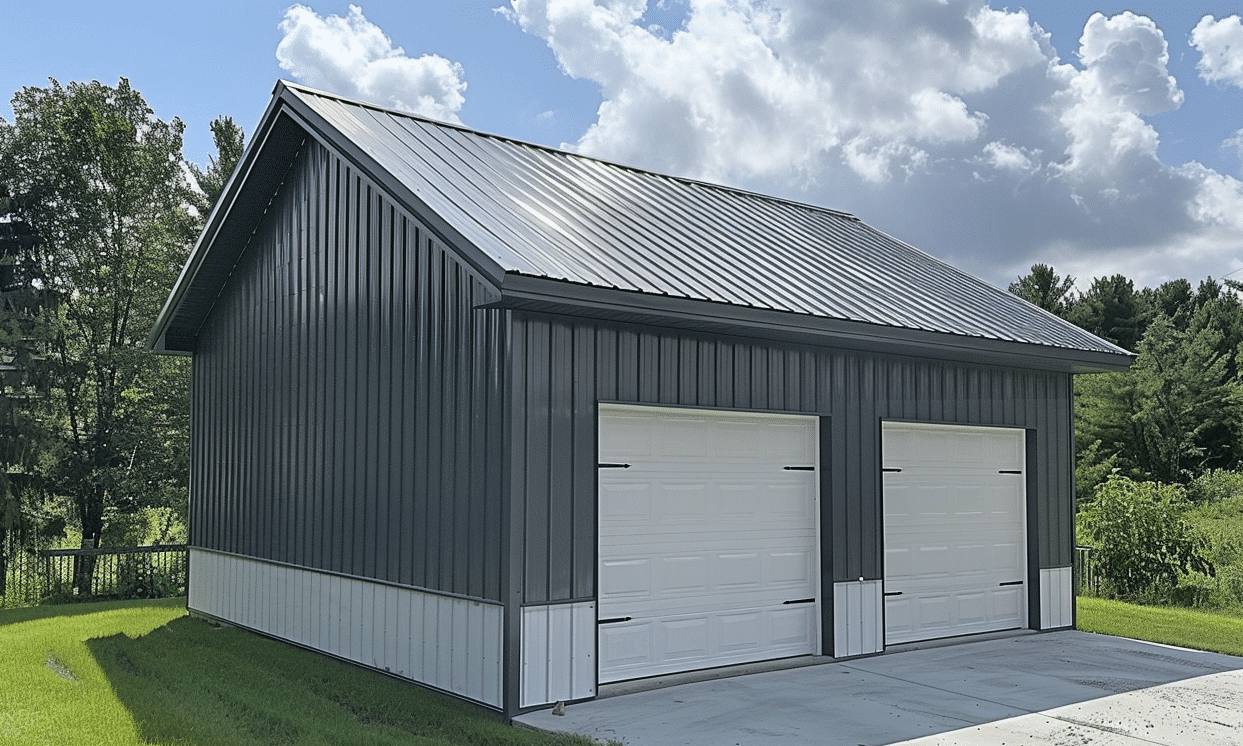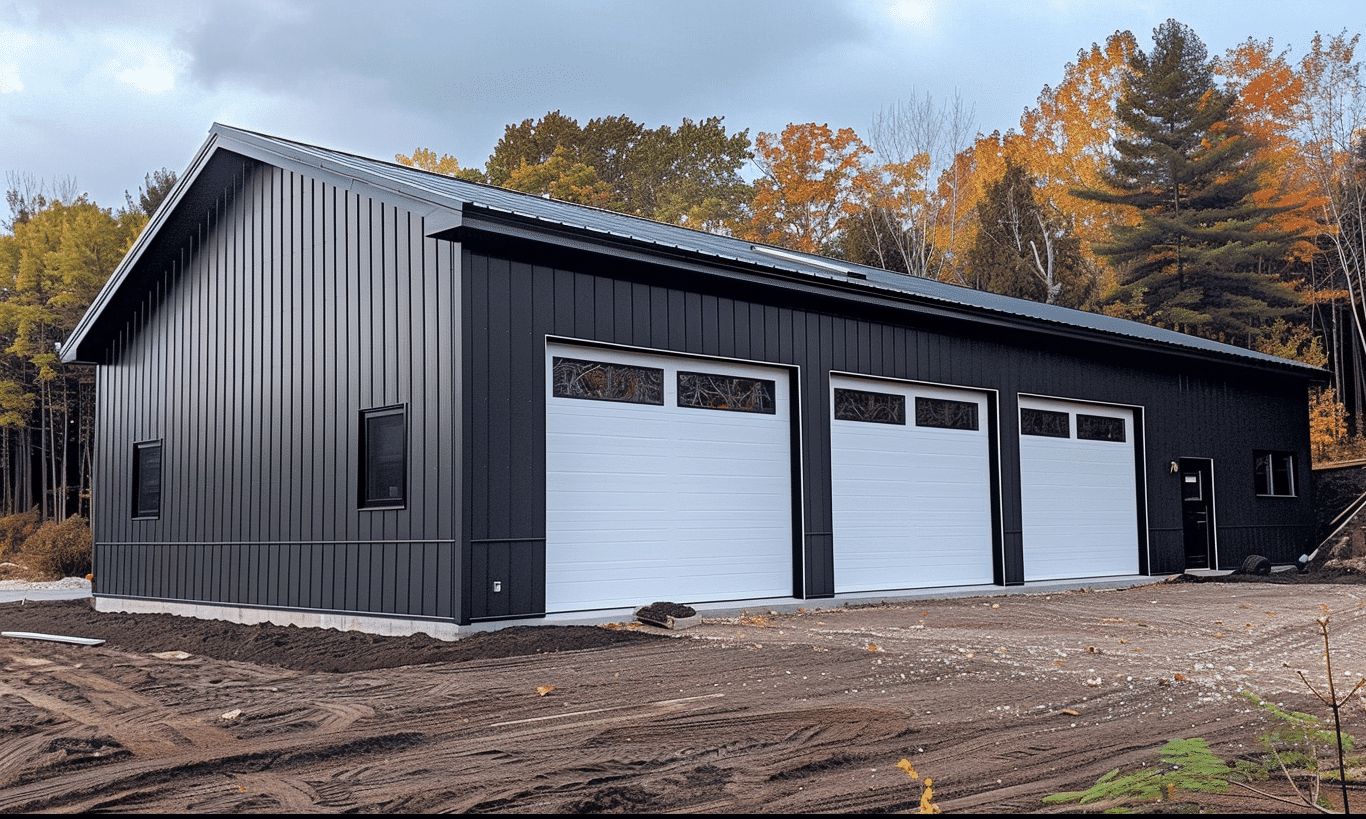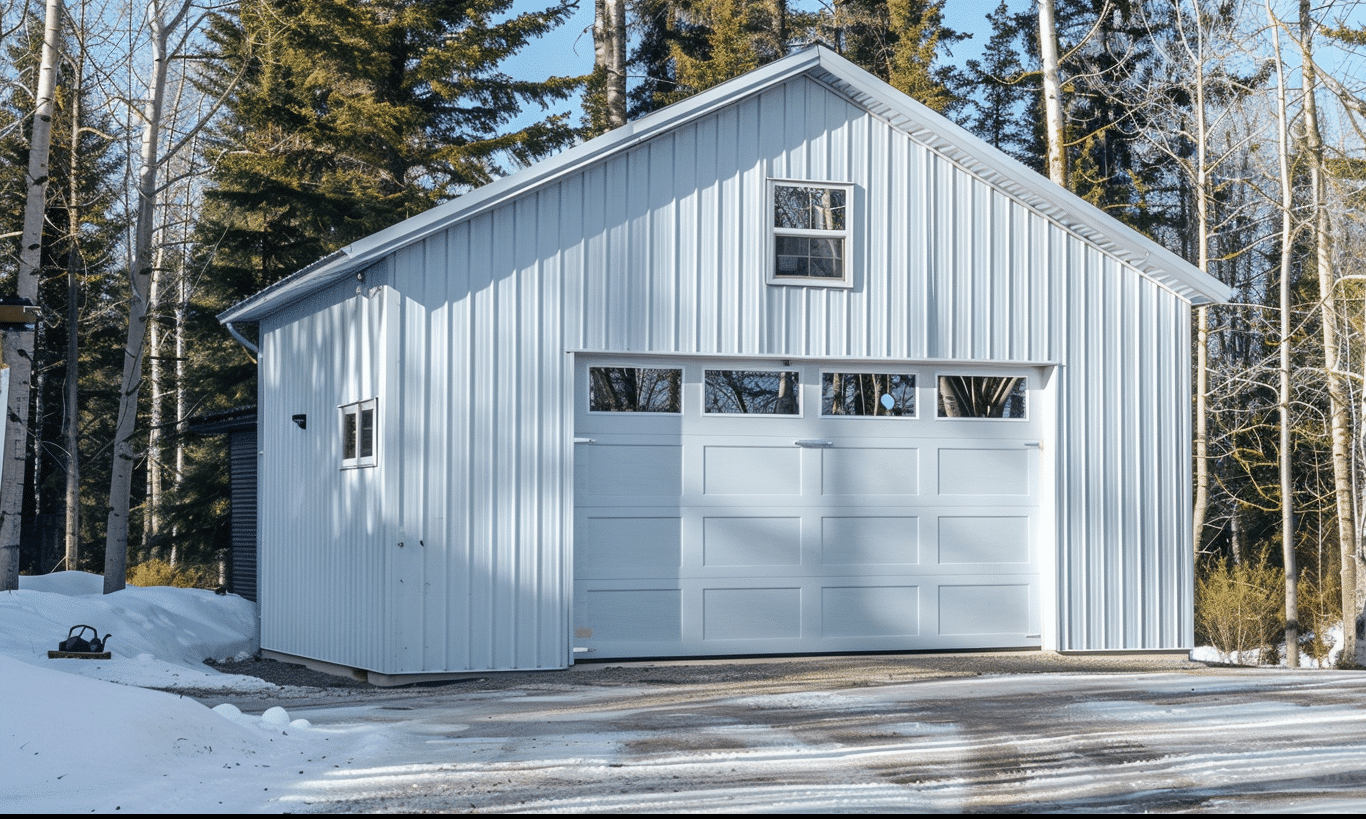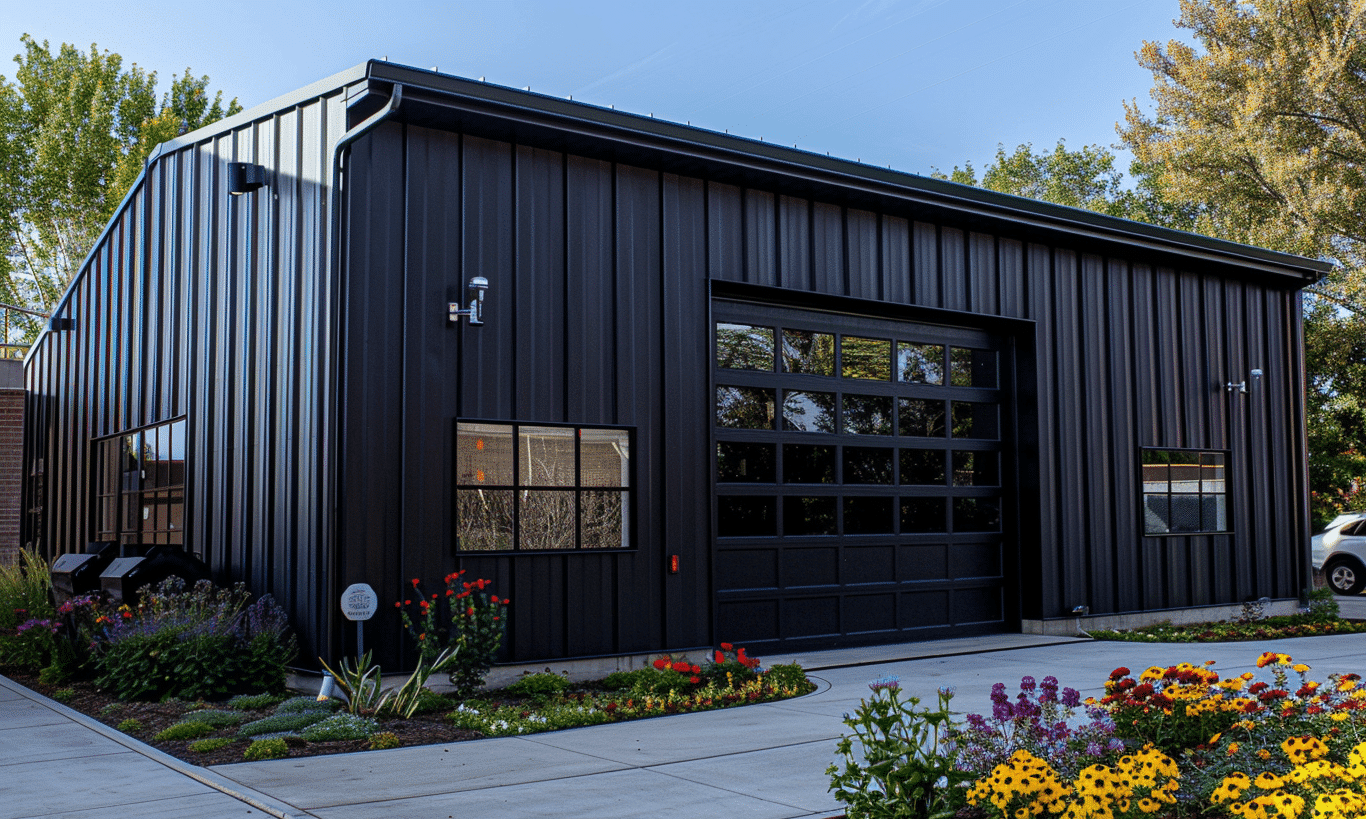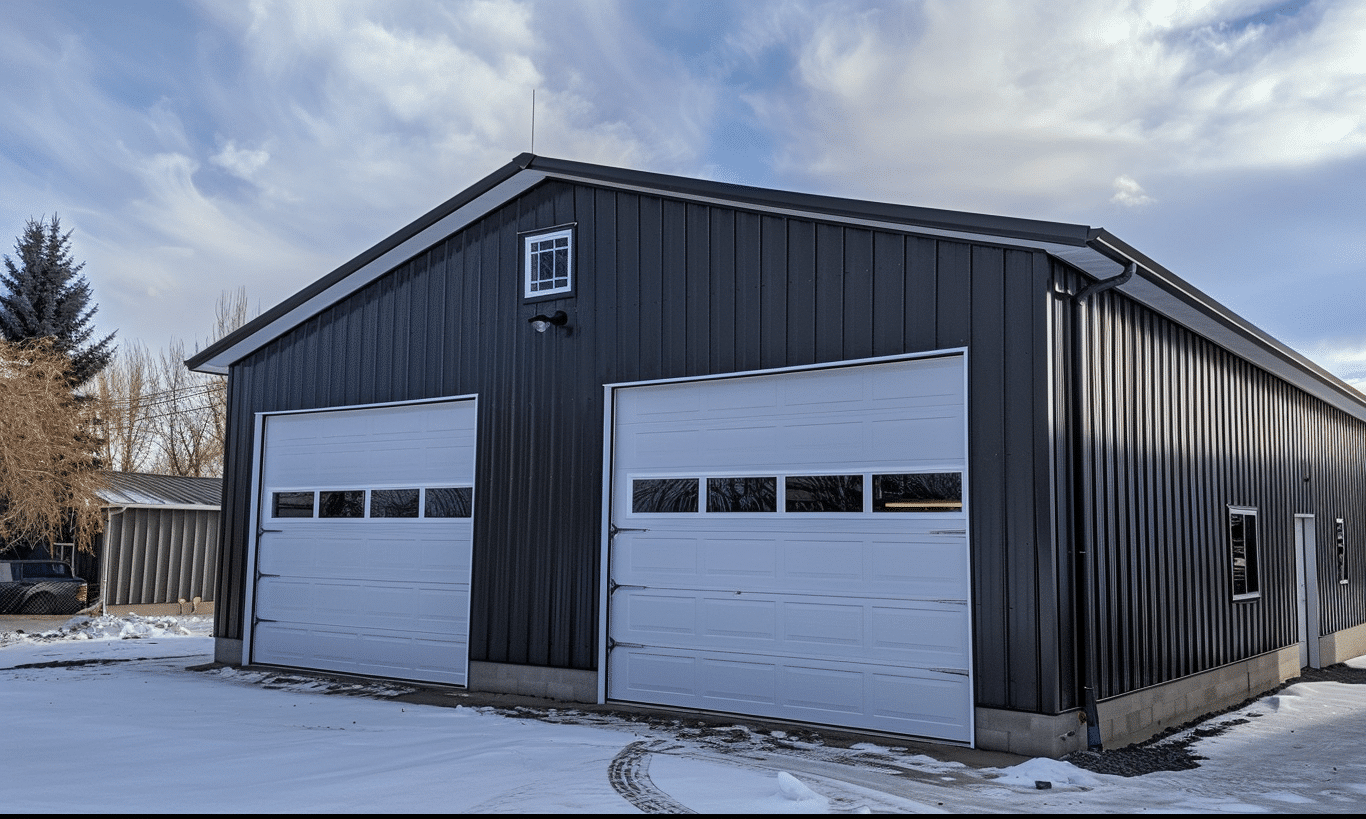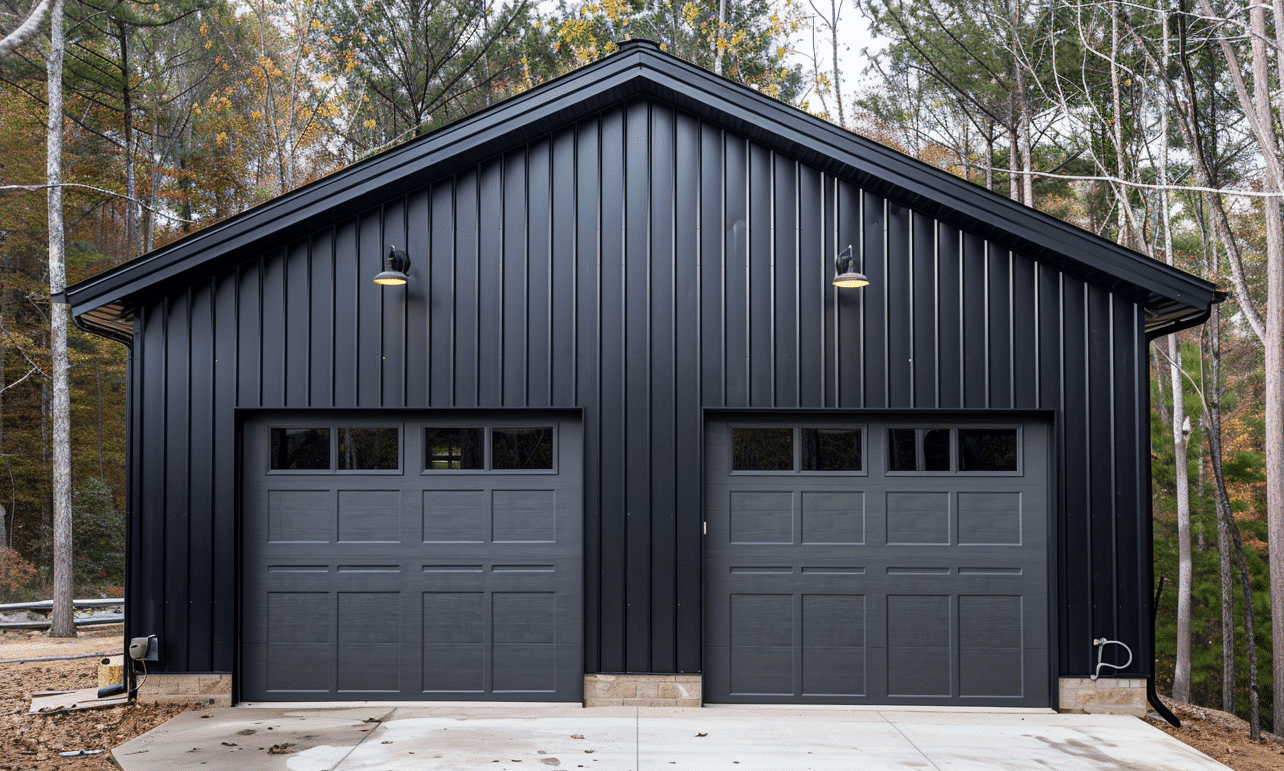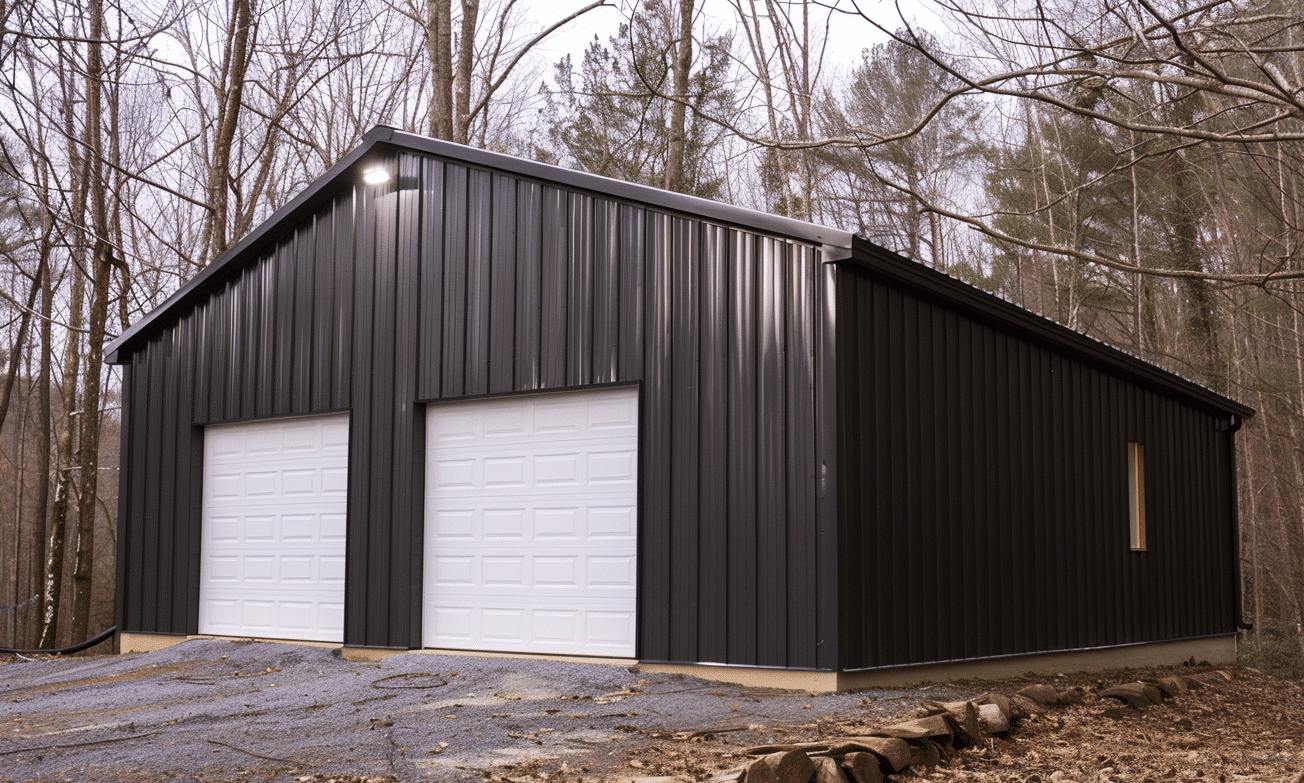Types of Building Foundations:
Choose the Best Foundation for Your Project
Choosing the right foundation is crucial for the success and longevity of any building project. This guide will walk you through the different types of building foundations, their uses, benefits, and key considerations to help you make an informed decision.
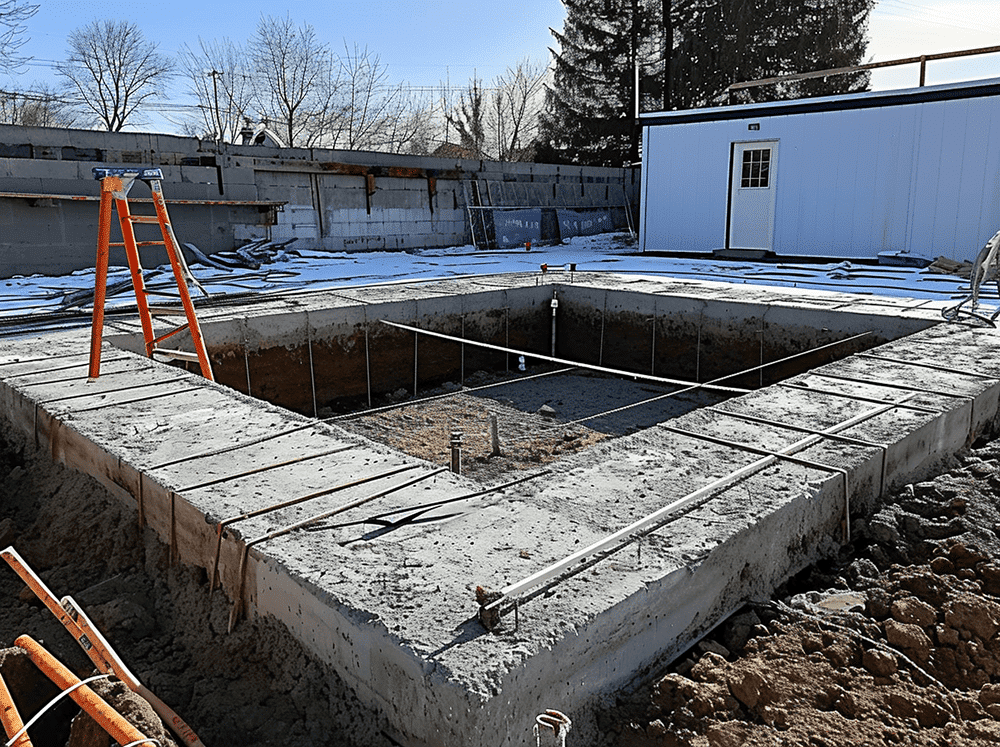
On This Page:
Slab Foundations
Crawl Space Foundations
Strip Footings
Pile Foundations
Drilled Shafts (Caissons)
Basements
Factors to Consider When Choosing a Foundation
The Foundation Construction Process
Frequently Asked Questions (FAQs)
Understanding the Role of a Foundation
A foundation serves as the base of any structure, transferring the load from the building to the ground and ensuring stability. It’s essential to select the right foundation type based on the building’s purpose, the soil conditions, and the climate. Here, we’ll explore the main types of foundations used in construction today.
Shallow Foundations
Ideal for Smaller Buildings and Stable Soil Conditions Shallow foundations are typically used for smaller, lighter structures where the soil is stable and capable of bearing the load. These foundations are generally less expensive and quicker to construct. Common shallow foundations include:
Slab Foundations
- A slab foundation is a large, flat concrete pad poured directly on the ground. It’s one of the simplest and most common types of foundations.
- Uses: Popular in residential construction, particularly in warmer climates where ground freezing is not a concern.
- Benefits: Cost-effective, quick to construct, and minimal excavation required.
- When to Use: Ideal for one-story buildings, garages, sheds, and homes in areas with stable, well-drained soil.
Strip Footings
- Strip footings are continuous strips of concrete that support walls. They are usually used under load-bearing walls of buildings.
- Uses: Common in both residential and commercial construction.
- Benefits: Distributes the load of the building evenly along the length of the wall.
- When to Use: Ideal for buildings with load-bearing walls and when the soil has good load-bearing capacity.
Deep Foundations
For Large Structures and Challenging Soil Conditions Deep foundations are used when the surface soil lacks the strength to support the building’s load. These foundations transfer the load to deeper, more stable layers of soil or rock. They are typically more expensive and complex than shallow foundations.
Pile Foundations
- Pile foundations involve driving long, slender columns (piles) deep into the ground. Piles can be made of concrete, steel, or wood.
- Uses: Suitable for large buildings, bridges, and other heavy structures.
- Benefits: Provides stability in weak or unstable soils, supports heavy loads.
- When to Use: Ideal for areas with soft or loose soil, where shallow foundations aren’t feasible.
Drilled Shafts (Caissons)
- Description: Drilled shafts, also known as caissons, are large, cylindrical columns drilled deep into the ground and filled with concrete. They are used to support heavy loads.
- Uses: Commonly used in large commercial or industrial buildings, bridges, and towers.
- Benefits: Capable of bearing extremely heavy loads and can be used in a variety of soil conditions.
- When to Use: Best for projects where deep, stable support is required, such as in areas with significant soil movement or heavy structures.

Choose a service
Select the construction service that best suits your needs and goals, whether it’s a custom home, commercial space, garage, or any other building project

Get a free quote
Receive a detailed estimate tailored to your specific project requirements. Our experts will provide you with transparent and competitive pricing

Questions - Approvals
Let’s address any questions or concerns you may have. We will ensure that all necessary approvals and permits are obtained before moving forward.
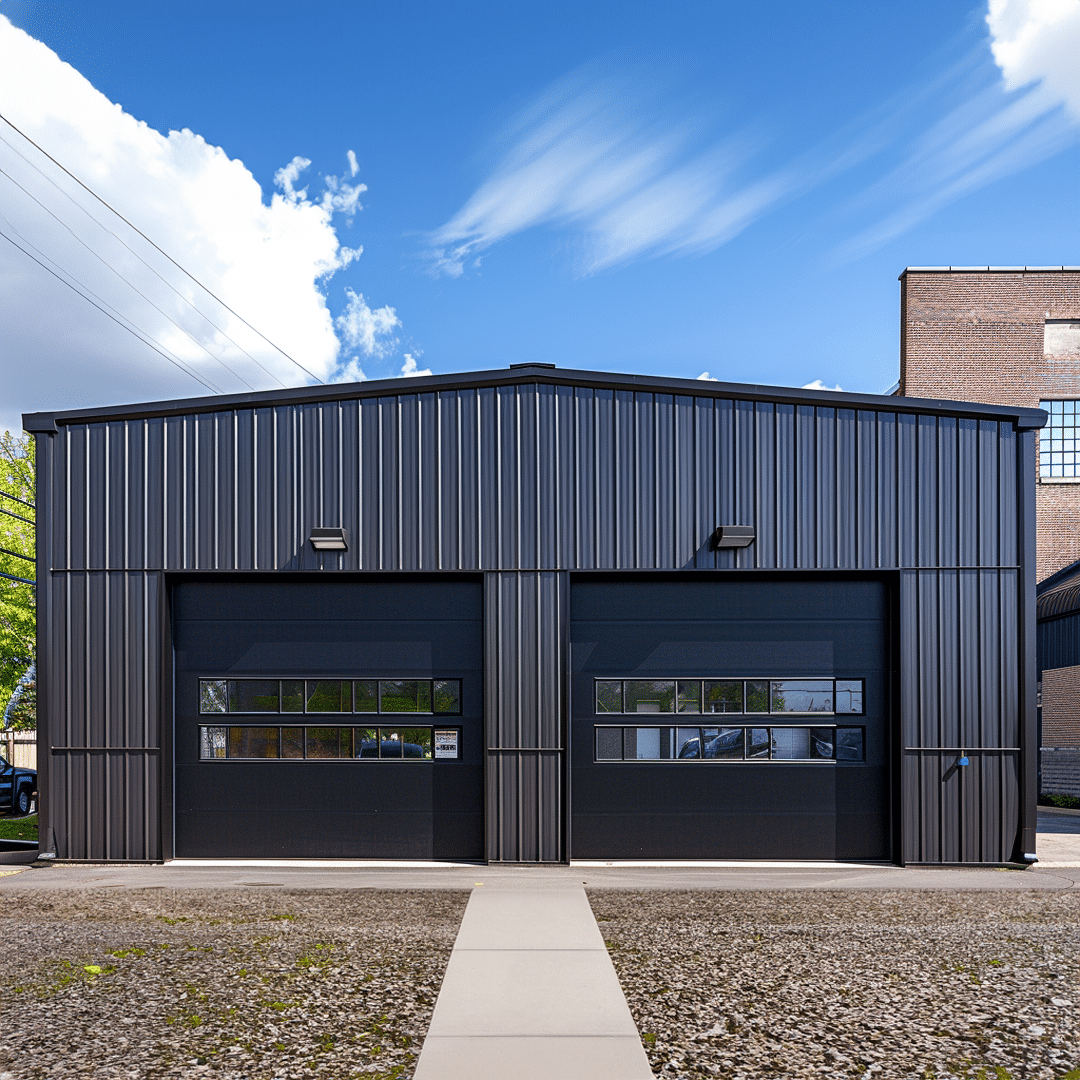
Start Building
Our skilled professionals will begin the construction process, delivering high-quality workmanship and keeping you informed every step of the way.
Basements
- Description: A basement foundation includes a full-height underground space that can be used for storage, living areas, or mechanical equipment.
- Uses: Common in residential buildings, particularly in colder climates where the foundation needs to extend below the frost line.
- Benefits: Provides additional living or storage space, adds value to the property.
- When to Use: Ideal for homes in colder climates or when additional space is needed.
The expertise of YourbuildingTeam goes beyond standard, cookie-cutter designs. They offer an unparalleled personalized experience, ensuring that every aspect of the house, from its layout and materials to the finest finishing touches, aligns seamlessly with the homeowner’s vision. With YourbuildingTeam, you can be confident in the creation of a home that truly reflects your dreams and aspirations, tailored to meet your unique needs.
Factors to Consider When Choosing a Foundation
Making the Right Decision for Your Project
Choosing the right foundation involves several key considerations:
- Soil Type: The type and condition of the soil can greatly influence the choice of foundation. Soil tests should be conducted to determine the best option.
- Building Load: Heavier structures require more robust foundations, such as deep foundations, to ensure stability.
- Climate: In areas with freezing temperatures, foundations must extend below the frost line to prevent heaving.
- Budget: While deep foundations provide more stability, they are also more expensive. Your budget may influence the type of foundation you choose.
The Foundation Construction Process
From Planning to Completion Understanding the foundation construction process can help you prepare for your project:
- Site Assessment: Evaluating soil conditions, load requirements, and other factors.
- Design: Creating a detailed foundation plan tailored to the building’s needs.
- Excavation: Preparing the site by removing soil and preparing the ground.
- Foundation Construction: Building the foundation according to the design, ensuring precision and stability.
- Inspection and Approval: Ensuring the foundation meets all regulatory and safety standards.
Where To Start?
Get a quick estimate or discuss your vision with our experts, we're here to guide you every step of the way towards your ideal solution.


